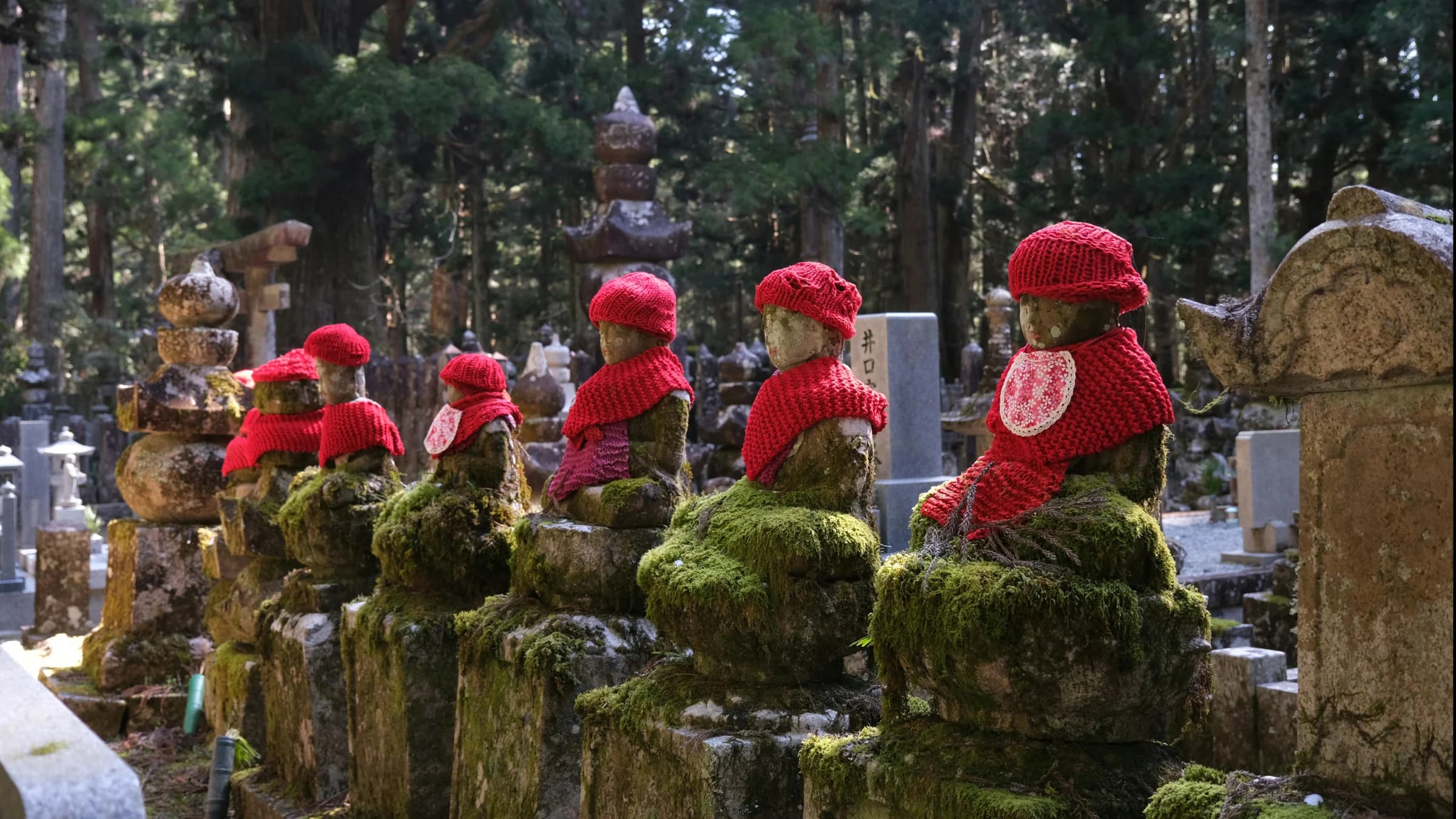
Shingon Buddhism
真言宗Buddhism originated over 2,500 years ago in India, when Prince Siddhārtha Gautama, later called the Buddha (“the Awakened One”), attained enlightenment. His teachings offered a way to overcome suffering, cultivate wisdom, and live with compassion. Early Buddhism emphasised discipline and self-transformation through ethical conduct, meditation, and insight rather than ritual or worship. Over time, these ideas evolved into Mahāyāna Buddhism, which introduced the concepts of Buddha-nature and the perfection of compassion (pāramitā).
From India, Buddhism spread widely. It traveled north through Central Asia to China, Korea, and Japan by the 6th century, while the southern route reached Sri Lanka, Myanmar, and Thailand.
Within this broader Buddhist tradition, Shingon Buddhism developed as a distinct form of Esoteric Buddhism (Mikkyō). In the early 9th century, Kōbō Daishi (Kūkai) studied in China and brought these teachings to Japan, establishing his centre at Mount Kōya.
The word Shingon means “true word” or “mantra”. These are sacred sounds that reveal hidden truths about the universe - truths beyond ordinary language. Kūkai emphasised that realising these truths through esoteric practice is the essence of Buddhism.
Shingon Buddhism is rooted in Esoteric (Mikkyō) teachings, which focus on uncovering the hidden, deeper truths of the universe through ritual, meditation, and symbolic practices. This contrasts with Exoteric (Kenkyō) teachings, which are more straightforward and accessible, explaining spiritual principles and the nature of reality in ways that anyone can understand without specialised practice.
The central practice of Shingon Buddhism is the “Three Mysteries” (Sanmitsu), which unites the practitioner’s body, speech, and mind with those of the Buddha. This is expressed through three key elements: mantra (sacred sounds or “true words” that convey the hidden truths of the universe), mudras (ritual hand gestures that embody spiritual meaning and channel energy), and mandalas (visual representations of the cosmic order that guide meditation and insight). By engaging in mantra chanting, ritual gestures, and focused meditation, practitioners experience a profound sense of oneness with the Buddha. Kūkai described this union as “the Buddha enters me, and I enter the Buddha” (nyūga ganyū) - a distinctive hallmark of Shingon practice that emphasises the inseparable connection between the practitioner and the cosmic truth.
In Shingon thought, Buddhas and bodhisattvas are not merely enlightened beings - they symbolise the cosmic truth itself. This vision is expressed visually through statues, paintings, and mandalas, which serve as tools for meditation and spiritual insight.
Mount Kōya remains the spiritual centre of Shingon Buddhism. Its sacred sites include the Danjō Garan temple complex, the Okunoin mausoleum of Kōbō Daishi, and numerous sub-temples (tatchū). For followers of Kōyasan Shingon-shū, these sites serve as both places of study and living practice, where teachings are continually upheld and transmitted.
Today, the Kōyasan Shingon-shū maintains over 117 temples, preserving centuries of teachings while welcoming pilgrims and visitors to experience this rich spiritual and cultural heritage.
Shingon Buddhism is not just contemplative - it is deeply practical. Rituals and meditation open practitioners to the Buddha’s wisdom, a transformative force called kaji, which fosters personal enlightenment and compassion for others. By combining mystical insight, artistic expression, and disciplined practice, Shingon Buddhism offers a holistic path that continues to inspire people in Japan and around the world.
Last Updated:





